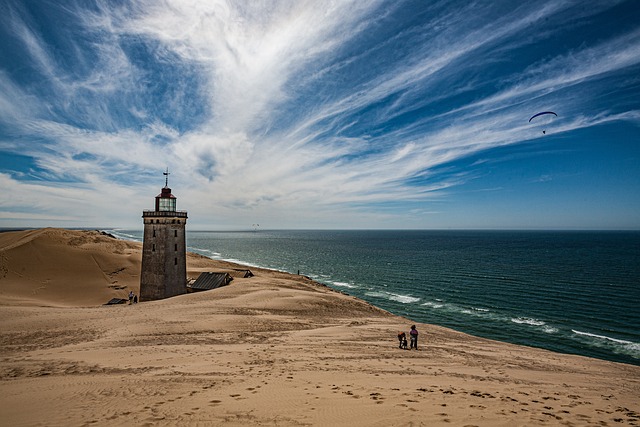Every photographer knows that light can make or break a shot. It has the power to reveal, transform, and elevate their work, coloring each frame with emotion and depth. In the world of photography, understanding how to manipulate light is as essential as mastering the camera or the optics that capture the image. Today, we explore the different lighting categories that can help you enhance your photography and capture those illuminating moments.
One way to add category richness to your photography is by experimenting with natural light. Golden hour, the time just after sunrise or before sunset, provides a warm glow that can beautifully illuminate subjects. Capturing images at this time allows soft shadows to dance across facial features, adding warmth and depth that can transform a simple portrait into a captivating narrative.
Artificial light is another essential tool in the photographer’s arsenal. There are several types of lights to consider, from speedlights and studio strobes to continuous lighting setups. Each of these categories offers unique properties. For instance, speedlights are portable and versatile, making them ideal for on-the-go shoots, while studio strobes can deliver powerful bursts of light that create high-quality images indoors.
In the realm of optics, understanding how different lenses respond to lighting conditions can significantly enhance your creativity. A prime lens with a wide aperture can produce stunning bokeh effects, allowing the subject to shine against a softly blurred background. This technique is particularly effective for portraits, as it draws the viewer’s attention directly to the subject while beautifully capturing the surrounding atmosphere.
Don’t underestimate the importance of light modifiers too! Tools such as diffusers, reflectors, and softboxes can shape and soften light, creating a more pleasing effect. Using a diffuser, for example, can help create soft, dreamy portraits while reflectors can brighten shadows and balance the light on your subject’s face during a shoot.
As you explore these various lighting categories, remember the power they hold in telling your photographic story. Each style—be it the warm embrace of natural light or the controlled precision of artificial lighting—adds layers to your work that can resonate emotionally with your audience. By understanding and effectively using these lighting categories, you can achieve a new level of photographic artistry that captures not just images, but unforgettable moments.
Continuously push the boundaries of your creativity by testing out different lighting categories; embrace challenges and learn from failures. Every click of the shutter is a step towards perfecting your vision. Illuminate your work and watch as your photography transforms, connecting with viewers on a deeper, more emotional level.




